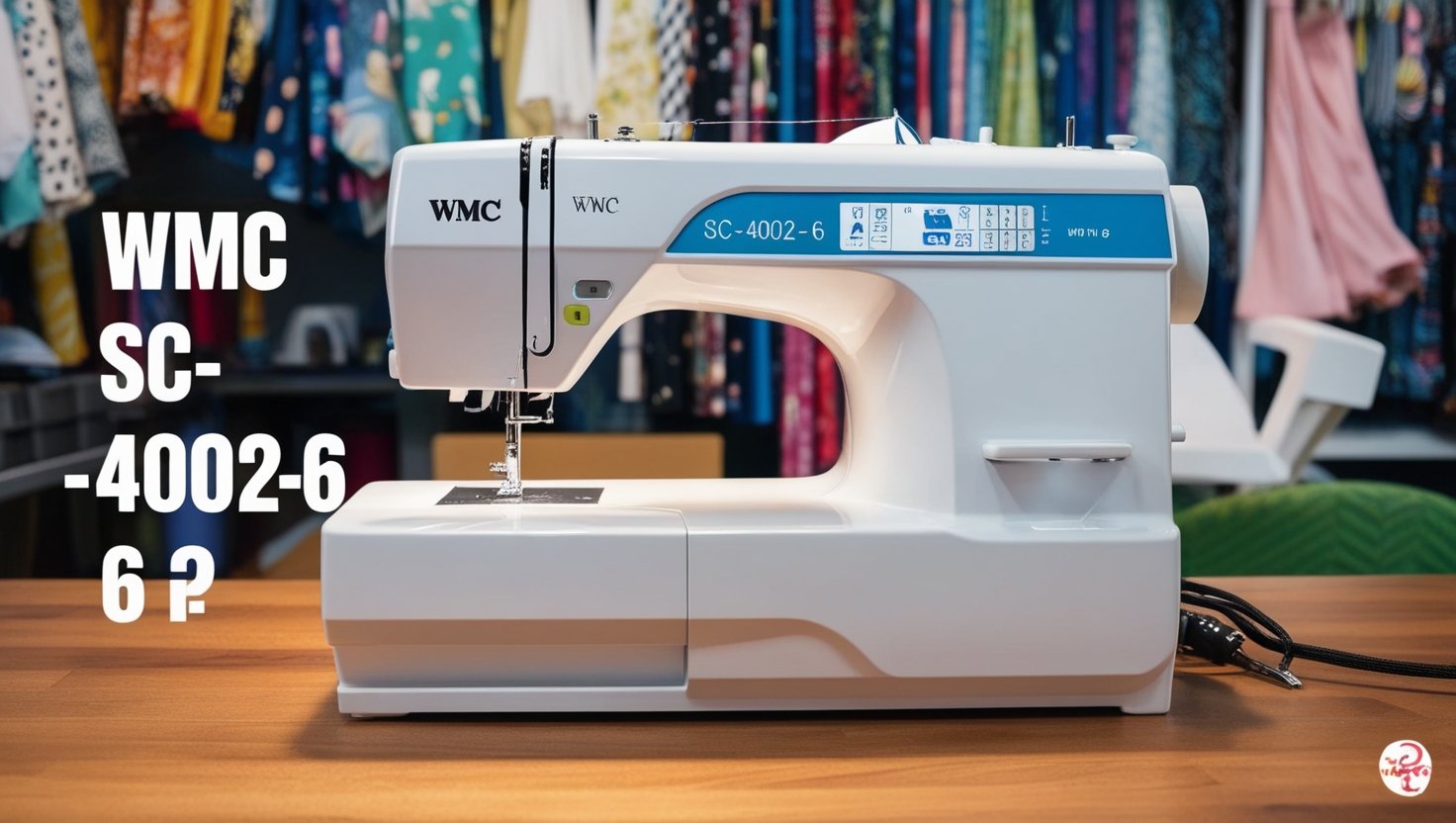Contents
- 1 Introduction: Tourbillon Watch
- 2 The History of the Tourbillon Watch
- 3 How a Tourbillon Watch Works
- 4 The Evolution of Tourbillon Watches
- 5 Why Tourbillon Watches Are Highly Coveted
- 6 Tourbillon Watch Variations
- 7 The Role of Tourbillon Watches in Modern Horology
- 8 Collecting Tourbillon Watches
- 9 Famous Tourbillon Watches
- 10 The Future of Tourbillon Watches
- 11 Conclusion:
Introduction: Tourbillon Watch
Tourbillon watches represent the pinnacle of watchmaking craftsmanship and innovation. Initially developed in the late 18th century by the master watchmaker Abraham-Louis Breguet, the tourbillon was designed to improve pocket watch accuracy by counteracting gravity’s effects. Today, tourbillon watch are a marvel of engineering and a symbol of luxury and prestige. In this article, we will explore the history, mechanics, and significance of tourbillon watches and provide insights into what makes these timepieces so coveted among collectors and enthusiasts.
The History of the Tourbillon Watch
The story of the tourbillon watch begins in 1795 when Abraham-Louis Breguet, a renowned Swiss watchmaker, sought to address the inaccuracies caused by the constant gravitational pull on pocket watches. At the time, pocket watches were often carried in a vertical position, which caused the balance wheel and escapement to experience uneven gravitational forces. This, in turn, led to timing errors. Breguet’s solution was to mount the entire escapement and balance wheel in a rotating cage, allowing it to revolve around its axis. This ingenious mechanism, known as the tourbillon, effectively neutralized the impact of gravity, leading to improved timekeeping accuracy.
How a Tourbillon Watch Works
The tourbillon mechanism is one of the most complex and fascinating in the world of horology. At its core, a tourbillon consists of a rotating cage that houses the escapement and balance wheel—the components responsible for regulating the watch’s timekeeping. The cage typically makes one complete rotation every minute, which ensures that any positional errors caused by gravity are averaged out. This constant movement allows the watch to maintain a higher level of accuracy, especially in positions where gravitational pull would otherwise cause deviations.
Tourbillon watch are known for their intricate design and the meticulous craftsmanship required to create them. The components of the tourbillon are often made from lightweight materials like titanium or aluminium to reduce the strain on the movement. The assembly of a tourbillon requires the skills of a master watchmaker, as the parts must be perfectly aligned and calibrated to function correctly.
The Evolution of Tourbillon Watches
Over the years, the tourbillon has evolved from a practical solution for improving timekeeping accuracy to a symbol of watchmaking excellence. Initially, tourbillons were primarily used in pocket watches, but with the advent of wristwatches in the 20th century, the tourbillon found a new home on the wrist. Modern tourbillon watches often feature additional complications, such as clocks, perpetual calendars, and minute repeaters, further showcasing the watchmaker’s skill.
Today, tourbillon watches are produced by some of the most prestigious watch brands in the world, including Patek Philippe, Audemars Piguet, and Vacheron Constantin. These timepieces are often limited editions or bespoke creations, making them highly sought after by collectors. The tourbillon’s intricate mechanism is usually displayed on the watch’s dial, allowing the wearer to admire the rotating cage.
Why Tourbillon Watches Are Highly Coveted
Tourbillon watches are revered not only for their mechanical ingenuity but also for their aesthetic appeal and rarity. Owning a tourbillon watch is a statement of taste, sophistication, and appreciation for the art of watchmaking. These watches are often handcrafted in small quantities, which adds to their exclusivity and desirability.
One key reason tourbillon watch are so prized is the level of craftsmanship involved in their creation. Each tourbillon requires countless hours of labor, with watchmakers painstakingly assembling and fine-tuning the movement. The result is a timepiece that is both a work of art and a feat of engineering. Additionally, the complexity of the tourbillon mechanism means that only the most skilled watchmakers can produce them, further elevating the watch’s prestige.
Tourbillon Watch Variations
While the traditional tourbillon features a single rotating cage, modern watchmakers have experimented with various configurations to push the boundaries of horological innovation. Some of the notable variations include the double tourbillon, where two tourbillon mechanisms work in tandem to enhance accuracy; the triple-axis tourbillon, which adds an extra dimension of rotation; and the flying tourbillon, which is suspended without an upper bridge, creating the illusion that it is floating.
These variations demonstrate the watchmaker’s technical prowess and add to the watch’s visual intrigue. The sight of multiple tourbillons rotating simultaneously or a flying tourbillon appearing to defy gravity is genuinely mesmerizing, making these watches highly collectible.
The Role of Tourbillon Watches in Modern Horology
In today’s world, where quartz and digital watches offer unparalleled accuracy, the tourbillon’s original purpose as a precision-enhancing device has become less relevant. However, tourbillon watches play a significant role in modern horology as symbols of tradition, artistry, and innovation. They connect to the golden age of watchmaking, where mechanical timepieces were the pinnacle of technological achievement.
Tourbillon watch also serves as a canvas for watchmakers to showcase their creativity and craftsmanship. The intricate designs, finishing techniques, and use of precious materials in tourbillon watches elevate them to fine art. As a result, these watches are often displayed in museums, galleries, and private collections, where they are admired for their beauty and complexity.
Collecting Tourbillon Watches
Owning a tourbillon watch is often considered the ultimate achievement for watch collectors. The rarity and exclusivity of these timepieces make them highly desirable, and their value is usually appreciated over time. Collectors are drawn to the history, craftsmanship, and technical innovation that each tourbillon watch embodies.
When collecting tourbillon watches, enthusiasts often look for pieces from renowned watchmakers, limited editions, or models with unique complications. The condition of the watch, its provenance, and the presence of original documentation also play a crucial role in determining its value. Auctions and private sales are common avenues for acquiring tourbillon watches, with some pieces fetching millions of dollars.
Famous Tourbillon Watches
Several tourbillon watches have gained legendary status within the horological community. One example is the Breguet No. 1176, an early pocket watch with a tourbillon crafted by Abraham-Louis Breguet himself. This timepiece is considered a masterpiece of watchmaking and is highly prized by collectors.
The Patek Philippe Sky Moon Tourbillon is an icon of luxury and complexity in wristwatches. This double-faced watch features a tourbillon, minute repeater, perpetual calendar, and celestial chart, making it one of the most complicated wristwatches ever created.
Another notable example is the Jaeger-LeCoultre Gyrotourbillon, which introduced the multi-axis tourbillon to the world. This watch’s innovative design and breathtaking mechanics have earned it a place among the most coveted tourbillon watches.
The Future of Tourbillon Watches
As technology continues to advance, the future of tourbillon watches looks bright. Watchmakers are constantly exploring new materials, such as silicon and carbon composites, to improve the performance and durability of tourbillon movements. There is also a growing trend towards integrating innovative technology into traditional mechanical watches, potentially leading to hybrid tourbillon watches that combine the best of both worlds.
Despite these advancements, the essence of the tourbillon—a symbol of craftsmanship and artistry—remains unchanged. Tourbillon watches will continue to be treasured for their beauty, complexity, and the legacy of the watchmakers who created them.
Conclusion:
Tourbillon watches are more than just timepieces; they are a testament to the watchmaking craft’s ingenuity, skill, and artistry. From their origins in the 18th century to their place in modern horology, tourbillon watches have captured the imagination of watch enthusiasts and collectors alike. Whether admired for their technical brilliance or cherished as symbols of luxury, tourbillon watches hold a special place in the world of haute horlogerie. As watchmaking continues to evolve, the tourbillon will remain a timeless emblem of excellence and innovation.



